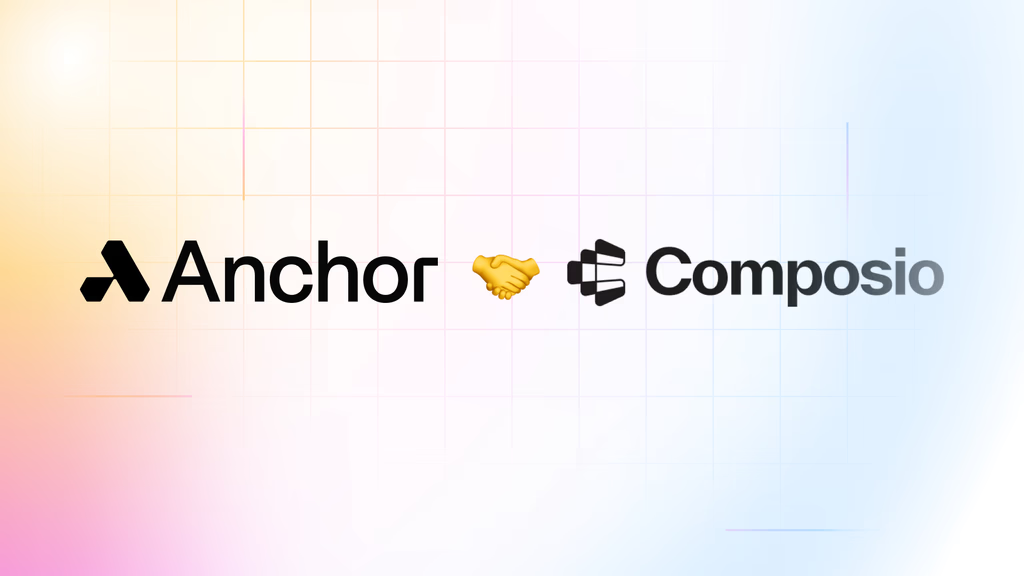AI-driven web automation is advancing through innovative tools like Browser-Use and OpenAI’s Computer-Using Agent (CUA). Browser-Use allows AI agents to control a real web browser much like a human user, navigating pages and submitting forms. In contrast, OpenAI’s CUA leverages a specialized GPT-4o model to interact with a browser via a universal interface of screen, mouse, and keyboard. This article compares the two platforms in methodology, features, integration, security, and scalability.
Methodology
Browser-Use: Controls a real browser (Chrome/Playwright) by executing actions like clicking and typing. Agents can attach to user sessions for personalized automation. Developers interact via API calls or the Python SDK.
CUA: Uses GPT-4o’s vision and reasoning to interpret and interact with a virtual browser, sending low-level actions (mouse movements, keystrokes). It operates autonomously in OpenAI’s cloud environment.
Features
Browser-Use: Works with multiple LLMs (GPT-4, Claude, open-source models), supports real user sessions, integrates with LangChain, and enables custom functions for automation. Open-source and extensible.
CUA: Model-based adaptability across any interface, state-of-the-art performance on benchmarks, and seamless integration with OpenAI’s tool ecosystem. Operates within OpenAI’s API.
Integration & Ease of Use
Browser-Use: Requires developer setup but offers flexibility (local or cloud deployment). Works well with LangChain and Playwright but requires coding knowledge.
CUA: Fully managed by OpenAI, requiring no infrastructure setup. Available as a simple API call but limited to OpenAI’s platform. Still in restricted preview.
Security & Reliability
Browser-Use: Runs isolated browsers in the cloud with security features like VPN, SSO, and bot-detection bypass. Developers control deployment and data.
CUA: Built-in security measures, including refusal to enter passwords or execute high-risk actions. Sandbox isolation prevents cross-session risks but lacks user-side configurability.
Scalability & Performance
Browser-Use: Scales with parallel browser instances, allowing cost control via self-hosting or cloud usage. Can optimize model speed and browser settings.
CUA: Cloud-native and highly scalable, but performance depends on GPT-4o’s processing time. Token-based pricing may be costly for large-scale automation.



